Nana Matsumoto is one of the youngest to have already made the move
Credit: Robert Gilhooly/The Telegraph
Even inside his log-cabin home, in an idyllic valley in Japan’s Fukushima Prefecture, the geiger counter clipped to Nobuyoshi Ito’s jacket gives off a near-constant crackle. But every time he goes to put another log on the wood burner in a corner of his living room, it intensifies into a single, drawn-out cacophony.
The locally felled timber was exposed to the radiation that escaped from the Fukushima Dai-ichi nuclear plant, less than 40 miles to the south-east, when three of the plant’s reactors suffered melt-downs after the March 2011 earthquake and the tsunami that it unleashed on coastal regions of north-east Japan.
The plume of radiation passed directly over Mr Ito’s home, on the outskirts of the town of Iitate, leaving an invisible but very dangerous dusting on everything that it came in contact with.
A decade on from the second-worst nuclear accident in history, he says the radioactivity collects in the ashes from his wood-fired stove, as well as in the metal of the burner and the silvered flue that rises through the roof. He shrugs.
Of the 6,500 residents of this picturesque community, 76-year-old Mr Ito was one of just nine people who defied the government’s strongly worded request to evacuate. Since the evacuation order was lifted, around 1,500 have returned.
Nobuyoshi Ito was one of just nine people who defied the government’s strongly worded request to evacuate
Credit: Robert Gilhooly/The Telegraph
To Mr Ito’s dismay, the town of Iitate now wants to fill its remaining properties abandoned for years to slow decay. And with more than 70 per cent of the residents now of retirement age, the town is desperate for an injection of youth.
Some have already arrived. Among the 150 newcomers to have trickled slowly in are Yuki Hanai and her husband, Junichiro, who came to set up a flower farm because of the cheap availability of land.
“My husband was more worried than I was, but I told him that the mayor and the local government say it is safe and I trust them”, she said. “We decided that after living in the city, it would be a good place for children to grow up, in the countryside with lots of fresh air around.”
The Hanais have three children, aged 8, 7 and 3, and the family has taken up walking in the local hills and along the picturesque rivers at weekends.
“People have driven past us in cars and looked at us as if we were mad, but this is the life we want to lead”, she said.
Last year, the children grew vegetables in the garden of their refurbished home and they ate them with their meals, Mrs Hanai said, although there have been times when the water from the taps has been murky and they went to the local supermarket to buy bottled water.
“I must admit that I do always look at the electronic signs that are around the town showing the radiation levels and I get a little worried when the numbers are high, but most of the time they are pretty low so I have nothing to worry about”, she said. “And so far, none of us have felt any effects of being here. I’m not too worried”.
One of the hundreds of temporary zones used for storing excavated soil and undergrowth that has bee contaminated by radioactive materials
Credit: Robert Gilhooly/The Telegraph
There is much scientific debate over a level of radiation exposure that is safe for humans, with one study by the World Health Organisation suggesting that there is a 70 per cent higher risk of thyroid cancer in girls in areas affected by the fallout from the Fukushima plant, as well as a 7 per cent higher risk of leukemia in males and 6 per cent higher likelihood of breast cancer.
Nevertheless, generous subsidies are on offer to anyone who wants to move to Iitate. Land or a property has to be bought, although prices are low, while the city will pay Y200,000 (GBP1,332) to cover moving costs, up to Y5 million (GBP33,322) to build a new house, as much as Y2 million (GBP13,329) to buy a vacant property or cover a maximum of Y20,000 (GBP133) a month in rent for up to two years.
In addition, the prefectural government provides up to Y2 million (GBP13,329) to buy a house in the village or to remodel an unoccupied property. In addition, children have free health care up to the age of 18.
Whatsmore, Iitate happens to sit in stunning mountains and forest, and was named as the 12th most beautiful village in Japan a couple of years before the disaster. Abandoned farmhouses dotted around the town are being renovated and turned into venues for artists and writers, while others are being used for people working remotely during the coronavirus pandemic. Other plans call for a creativity hub and a community made from shipping containers.
Nana Matsumoto, 28, is one of the youngest to have already made the move to Iitate, where she is now employed by the council to attract more young people.
“Immediately after I joined the town hall in 2019, we were just trying to get the message out that people could come back to Iitate, that people were living here again and that we intended to rebuild the community”, she said.
Money from the national government has gone into a new fire station, a new police headquarters, a school and a large commercial facility, while roads throughout the community are being repaved.
The town’s new mayor, Makoto Sugioka, a 44-year-old former Buddhist priest who, by chance, studied nuclear physics at the Tokyo Institute of Technology says the older population needed little persuading to help rebuild the community.
“I have spoken to people who were children here during the war years and immediately after the war ended, when things were really hard, and they have told me that if they were able to get through that, then there is no way that they are going to be defeated by a natural disaster”, he said. “They simply have a very deep love for their hometown”.
Asked whether families are not being put off because of the possible effects of radiation on their health, Mr Sugioka insists that is not their primary concern.
“The people who want to come here to live and work are open-minded about the situation”, he said.
Mayor Makoto Sugioka stands inside his offices in Iitate Village
Credit: Robert Gilhooly/The Telegraph
Mr Ito disagrees. In his time holding the fort, he has carefully monitored contamination levels in the wild vegetables and fruit that grow in the mountains surrounding the town and charted figures that change with the seasons, the wind, the rainfall.
He unclips his geiger counter and holds it over a plastic bag of wild mushrooms he picked nearby this morning. Once again, the crackling intensifies.
The valleys, paddy fields and tumbling streams here are still not safe, Mr Ito insists.
The view from Mr Ito’s front porch is of a series of fallow paddy fields that rise into a steep-sided valley. Snow caps the mountains in the far distance. Soon the white egrets will return to the stream that winds along the valley bottom.
“This is not a place where humans should be living”, he says. “The government has cleaned less than 16 percent of the areas that were affected by the radiation. Caesium has a half-life of 30 years, so it will take 330 years before levels here return to normal.
“If you look at the numbers, there is only one conclusion; it’s not safe to be here”.


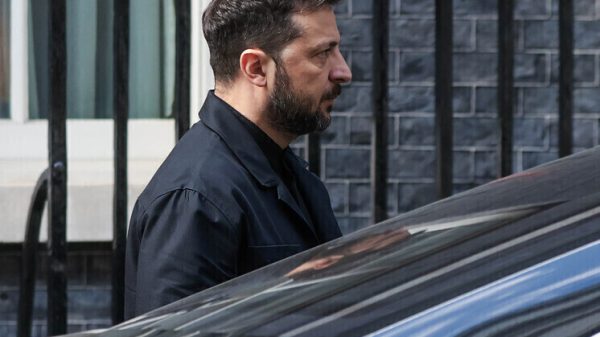

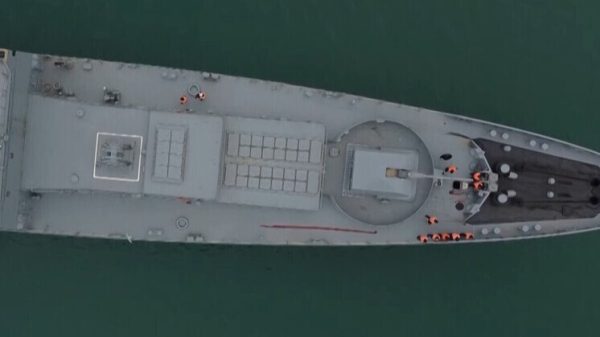


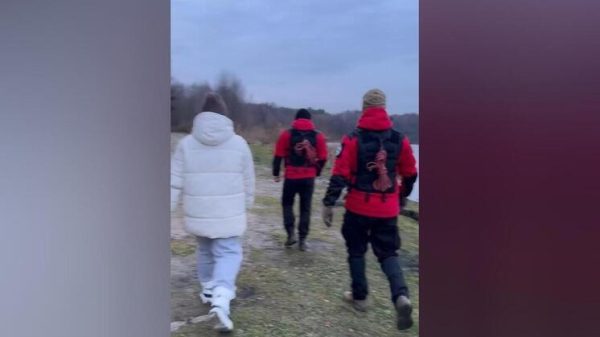
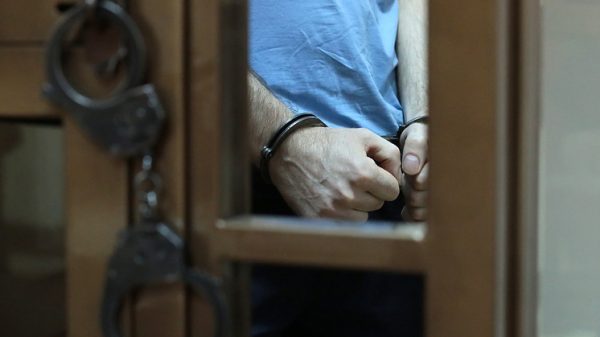
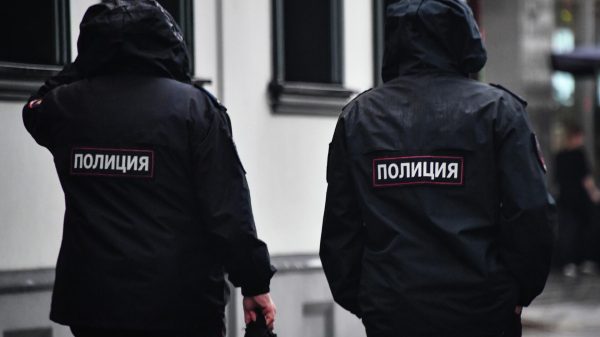
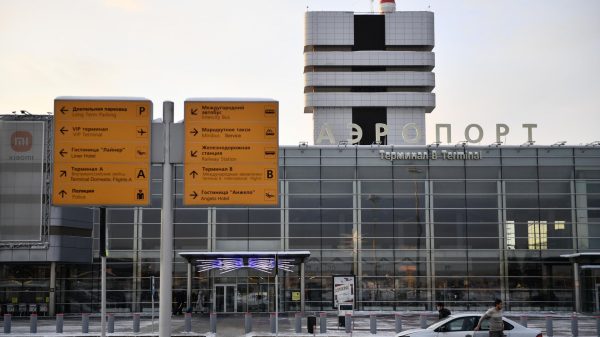
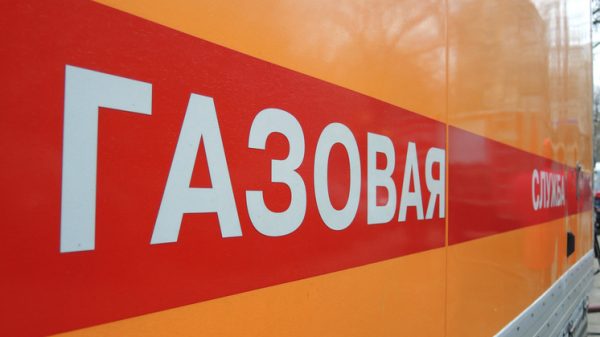





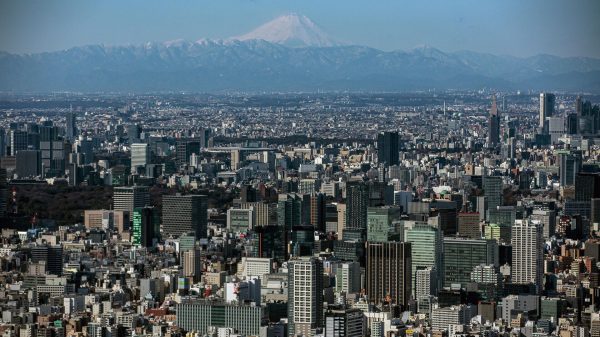















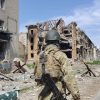


















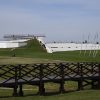



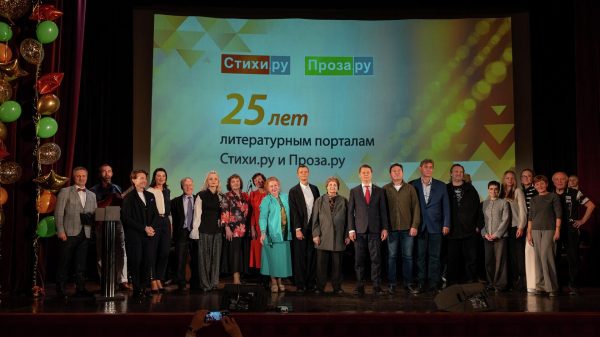
Свежие комментарии